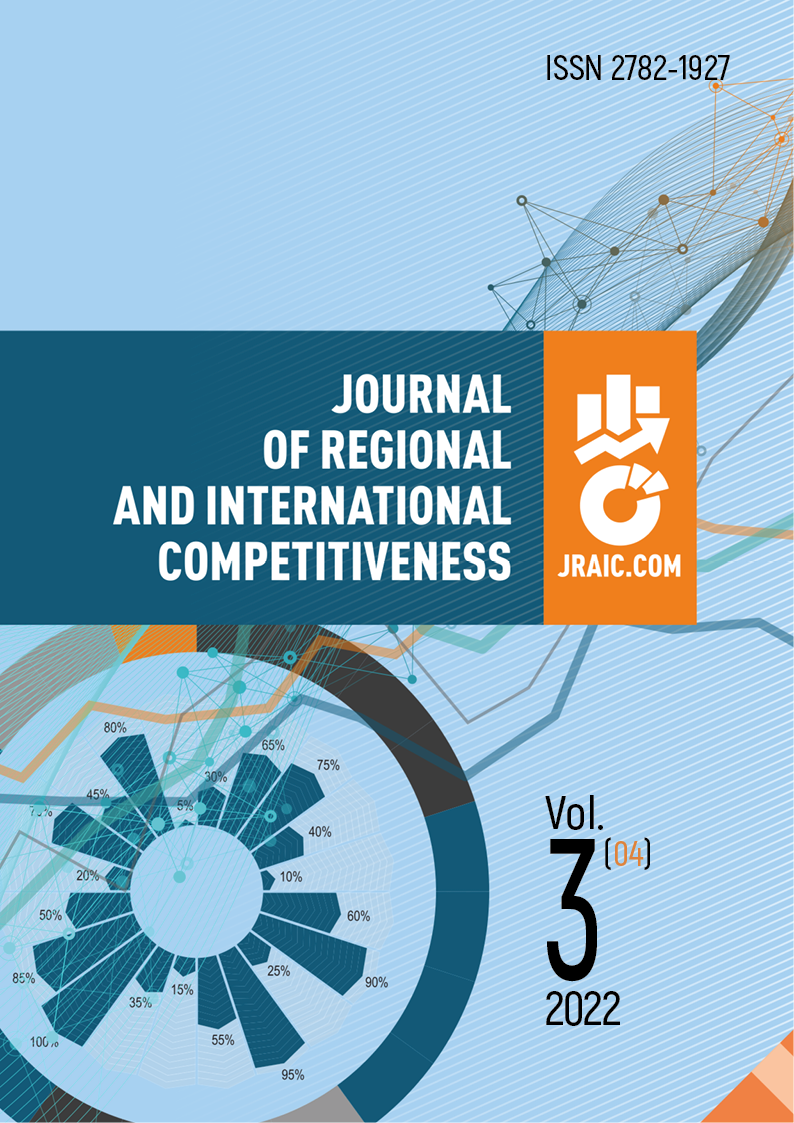Кострома, Костромская область, Россия
Кострома, Костромская область, Россия
Recently the domestic furniture industry became a prospective industrial field in order to increase the competitiveness of products. In terms of this increasing there were upgrading of the technical base, the range of products, sales service, and delivery. We assess the issues and identify the forms of Russian furniture enterprises transformation to ensure their competitiveness in the conditions of import substitution. In the conditions of the import substitution and sanctions restrictions, we can see that Russian furniture producers have mastered the production of certain simple components. Also there is the development of the production of paints and coatings. For example, particle boards (fiberboard) in the early 2000s, with changes in import duties it turned out more profitable to organize the production of these products in Russia, as a result of which the need for them is completely covered by domestic producers. By the end of 2022, prices of the furniture products decreased by 10%. The reasons were: a reorientation from European to Turkish and Chinese manufacturers (who have lower prices); the lower prices of Russian materials (for example, particleboard). Since, the final product of domestic kitchen furniture production largely consists of imported components, the cost of products is very strongly influenced by the volatility of the ruble. And, of course, due to changes in logistics processes, transportation costs are becoming markedly higher. The paper analyzes these processes on a national scale and identifies the factors of competitiveness at the regional level.
furniture production, competitiveness factors, sales volume, shift in demand, sanctions.
1. Executive Order on Russia’s national development goals through 2030. (2020). Retrieved from http:// en.kremlin.ru/events/president/news/63728 (in Russian).
2. Freeman, C. (2002). Continental, National and Sub-national Innovation Systems–Complementarity and Economic Growth. Research Policy, 31(2), 191–211. DOI:https://doi.org/10.1016/S0048-7333(01)00136-6.
3. Carlsson, B. (2006). Internationalization of innovation systems: A survey of the literature. Research Policy, 35(1), 56–67.
4. Cooke, P., & de Laurentis, C. (2010). Platforms of innovation: Some examples In P. Cooke, C. de Laurentis, S. MacNeill, C. Collinge (Eds.). Platforms of Innovation: The dynamics of the flows of new industrial knowledge (pp. 271-310). London: Edward Elgar Publishing House..
5. Baumol, W. (2003). Prize Lecture. Retrieved from https://www.e-award.org/wp-content/uploads/William-J-Baumol-Prize-Lecture.pdf
6. Klimanov, D., & Tretyak, O. (2019). Linking business model research and marketing: New network-based approach to business model analysis. Journal of Business and Industrial Marketing, 34(1), 117– 136.
7. Digital Attaché Program Information. (2016). Retrieved from https://www.trade.gov/digital-attache-program-0
8. Digital Platforms: A Brief Introduction. (2021). Retrieved from https://www.bmc.com/blogs/digital-platforms/#
9. Geliskhanov, I. Z., & Yudina, T. N. (2018). Digital platform: a new economic institution. Quality– Access to Success, 19(S2), 20–26.
10. FTC. (2020). FTC Sues Facebook for Illegal Monopolization. Retrieved from https://www.ftc.gov/ news-events/press-releases/2020/12/ftc-sues-facebook-illegal-monopolization
11. Kudrin told where the Russians should go to work. (2021). Retrieved from https://news.mail.ru/economics/48185549/?frommail=1&exp_id=943 (in Russian).
12. Xiaomi is ditching humans in favor of robots. (2021). Retrieved from https://gadgettendency.com/ xiaomi-is-ditching-humans-in-favor-of-robots-the-company-is-building-a-fully-robotic-smartphone-factory/
13. Simachev, Y., Fedyunina, A., Yurevich, M., Kuzyk, M., & Gorodny, N. (2021). New Strategic Approaches to Gaining from Emerging Advanced Manufacturing Markets. FORSAYT, 15(3), 6–21 (in Russian).
14. Sberbank. (2023). Sberbank digital ecosystem. Retrieved from https://www.sberbank.com/ru/eco (in Russian).
15. Obukhova, E. (2021). Head of Marketplaces. Expert, (31–34), 78–79 (in Russian).
16. Online clubbers drive booze sales in China. (2020). Retrieved from https://www.warc.com/newsandopinion/news/online-clubbers-drive-booze-sales-in-china/43463
17. AI Russia. (2023). AI Russia Works. Retrieved from https://ai-russia.ru/library/ (in Russian).
18. UNCTAD. (2023). How COVID-19 triggered the digital and e-commerce turning point. Retrieved from https://unctad.org/news/how-covid-19-triggered-digital-and-e-commerce-turning-point




















